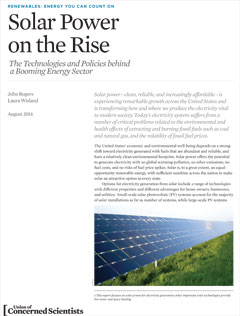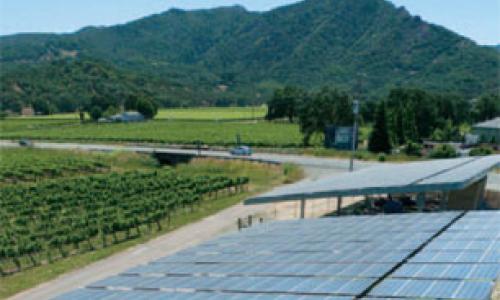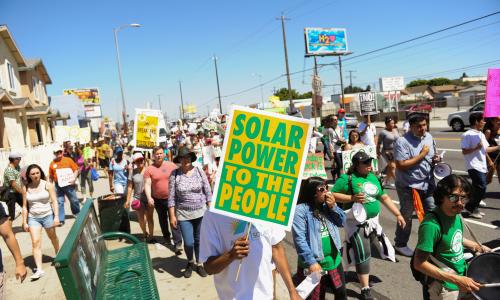Solar power generates electricity with no global warming pollution, no fuel costs, and no risks of fuel price spikes, and has the potential to help move the country toward cleaner, reliable, and affordable sources of electricity.
Small-scale solar photovoltaic (PV) systems, typically on rooftops, account for the majority of solar installations, while large-scale PV systems and concentrating solar power (CSP) systems constitute the majority of solar's overall electricity-generating capacity.
All three are undergoing rapid growth. Given the abundance of sunshine across the country, solar power has the potential to supply a significant amount of electricity that is both environmentally and economically attractive.







